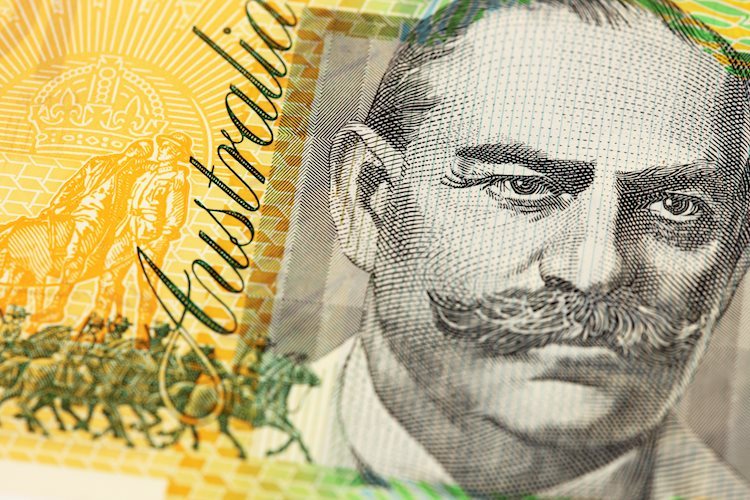The Australian Dollar (AUD) showed signs of appreciation against the US Dollar (USD) as traders speculated on a potential 50 basis points rate cut by the US Federal Reserve. The growing expectations of a significant rate cut pushed the AUD/USD pair higher, with a focus on upcoming Australian jobs data to assess the health of the labor market and its impact on monetary policy.
The Reserve Bank of Australia (RBA) maintained a hawkish stance, with officials stating that it is premature to consider rate cuts due to persistently high inflation. Despite concerns about slowing wage growth, the RBA remains cautious about adjusting interest rates, providing support for the Australian Dollar.
On the other hand, the US Dollar faced challenges as Treasury yields declined amidst uncertainty over the scale of the Fed rate cut. Market participants anticipated a 48.0% chance of a 25 basis points rate cut at the upcoming Fed meeting, while the likelihood of a 50 bps rate cut increased to 52.0%.
The University of Michigan’s Consumer Sentiment Index showed improvement in September, signaling a gradual uptick in consumer outlook on the US economy. China’s economic performance also impacted the Australian market, with Retail Sales growth slowing in August. The US Producer Price Index exceeded expectations in August, while the former RBA Governor voiced concerns about the Board’s focus on inflation over employment.
Technical analysis of the AUD/USD pair indicated testing of the upper boundary of a descending channel, potentially signaling a shift in momentum towards a bullish trend. A breakout above the 0.6700 level could trigger further upside towards its seven-month high of 0.6798 while immediate support lies near the 9-day EMA at 0.6703.
The Australian Dollar showed strength against major currencies, with the New Zealand Dollar being the weakest. Factors influencing the AUD include interest rates set by the RBA, the price of Iron Ore, the health of the Chinese economy, inflation, growth rate, Trade Balance, and market sentiment. The RBA’s interest rate decisions play a significant role in supporting or weakening the AUD, while the Chinese economy and Iron Ore prices also impact the currency’s value.
Overall, the Australian Dollar’s performance is influenced by various economic factors, including interest rates, trade balance, and external factors like the Chinese economy and commodity prices. Traders are closely monitoring upcoming data releases and central bank decisions to gauge the Australian Dollar’s future direction amid global uncertainties and market dynamics.











